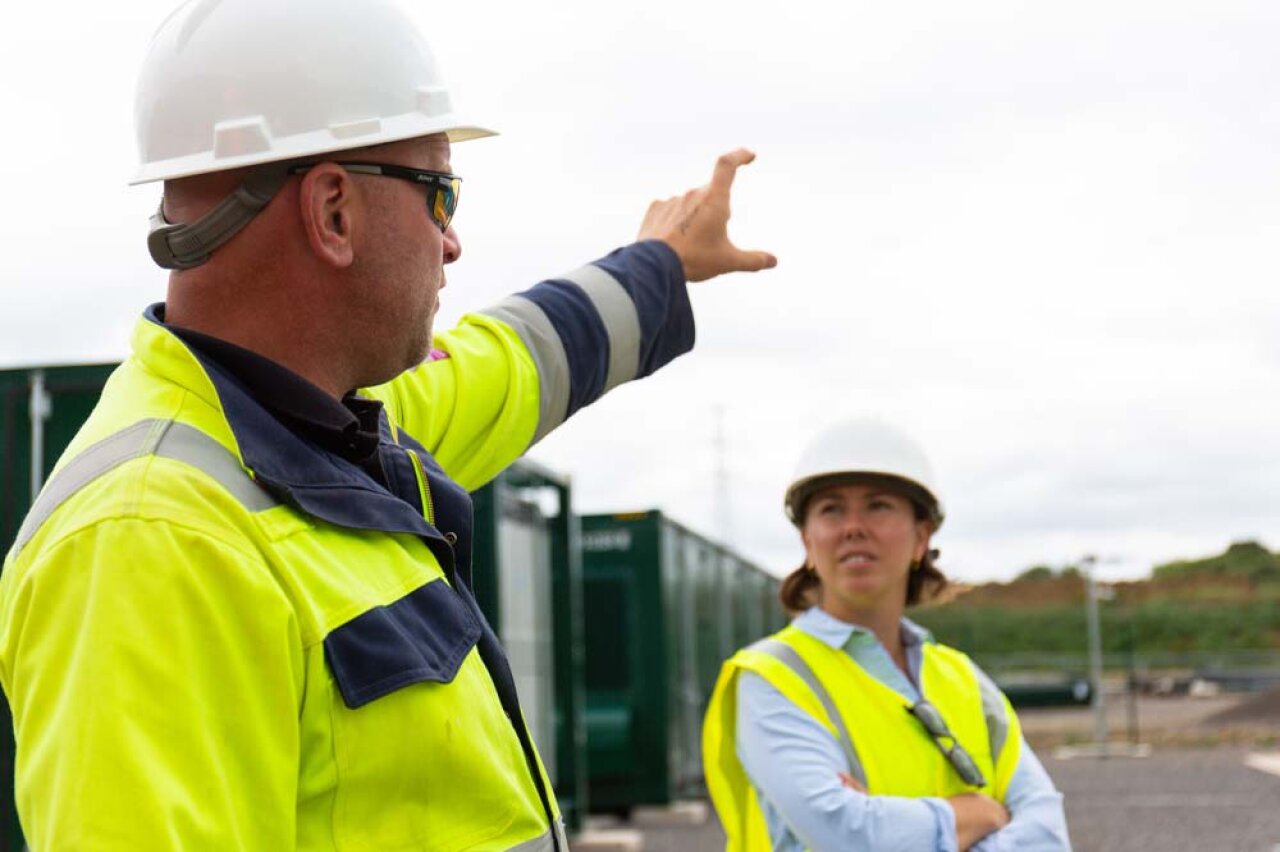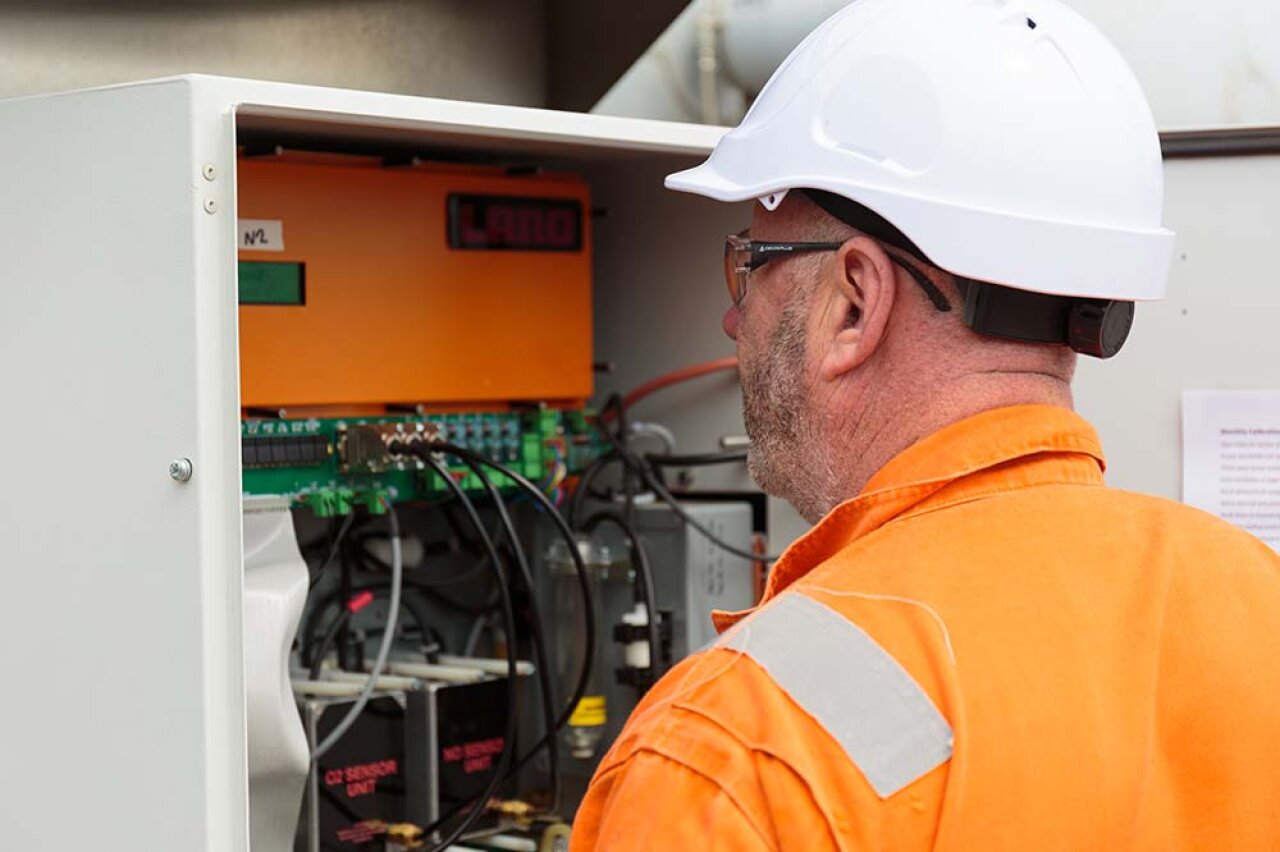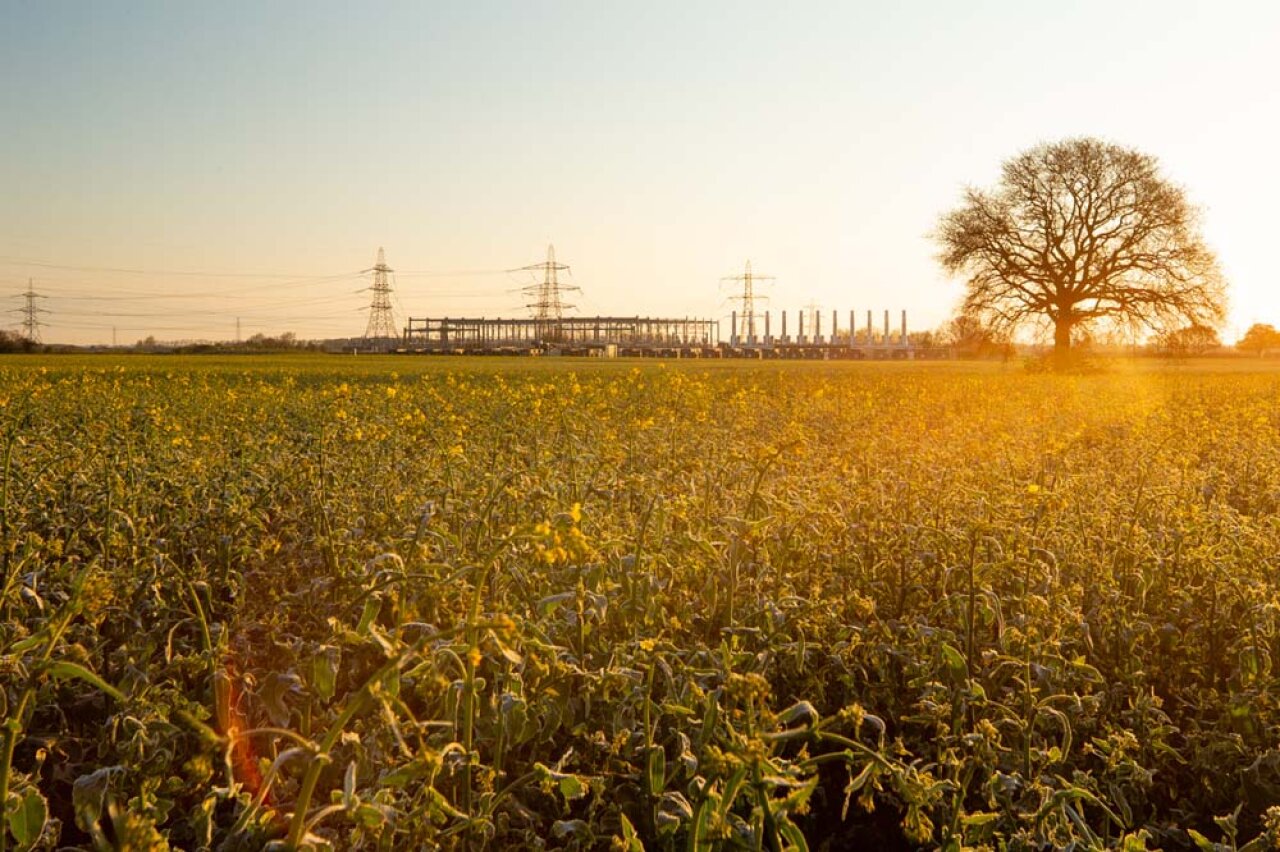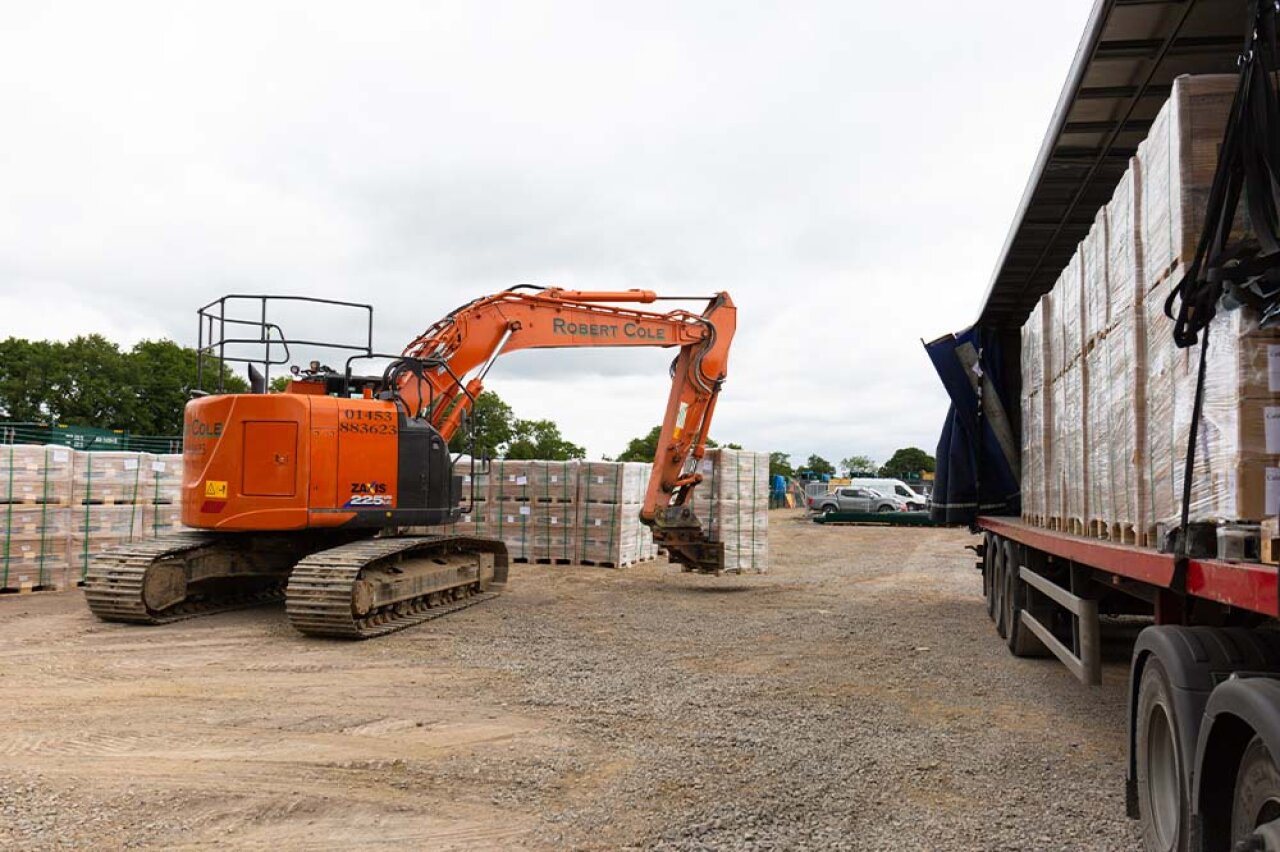Noise
Noise sources from the project have to be taken into account during the development stage. We make every effort to minimise the impact of noise on local residents and wildlife. Sites are designed to comply with the relevant environmental regulations and standards with a range of measures that can include specific equipment design (to lower sound power levels), site location and orientation, and noise attenuation. The planning applications include a technical report on how plants will achieve compliance with these standards.
Air Quality
Plant and equipment that produce emissions are controlled to a level that satisfy the Environment Agency’s permitting regime, which in the case of larger peaking plants require a Part A Permit to operate. This benchmark is a significantly more stringent standard to reach than other smaller scale peaking plant.
Visual Impact
Visual impact is location specific, but we always employ a specialist consultant to assess the potential landscape and visual effects of each project. In the event there is likely to be any material impact, mitigation will typically be proposed in the form of building design, site layout, earth modelling and tree planting.
Wildlife
Our site selection process seeks to avoid development on areas of sensitive ecology. Typically, greenfield development is on farmland. We always employ an ecologist to assess the wildlife potential of each site and then prepare a strategy to ensure that harm and habitat loss is minimised. In line with emerging Government policy, we aim to achieve a net biodiversity gain where this is possible.
Access
The access arrangements for both the site construction and ongoing operation will be fully considered for each site. Most sites generate little traffic on a day-to-day basis. Through the construction period Transport Management plans are agree with Local Authorities. Once operational, there should be limited traffic movements. Measures are implemented to ensure minimal disruption to the surrounding communities throughout the project lifecycle.
Recognition
Statera manages health and safety, quality, and its environmental responsibilities by in-house systems certified as meeting ISO 45001: 2018, ISO 9001:2015 and ISO 14001:2015 respectively.
Achieving ISO 45001: 2018 indicates Statera continues to consistently meet all applicable standards and statutory and regulatory requirements concerning occupational health and safety. Securing ISO 9001:2015 demonstrates our commitment to quality across our business operations. Through ISO 14001:2015, we aim to minimise negative and maximise positive impacts of our operations on the environment, such as protecting the environment and reducing pollution. As part of meeting these standards we commit to continually improving our operations across these areas.





